Ford Bets On Ecoboost, Chrysler And GM On Natural Gas For Pickups
While both General Motors and Chrysler are putting their money on Compressed Natural Gas options for their pickup-truck lineups, Ford is going with pretty much everything but CNG as it examines alternative fuel strategies for future vehicles – and for now, the 3.5L Ecoboost V6 will be the standard bearer for light duty versions of the Ford F-Series.
Automotive News spoke with Ford product development boss Raj Nair, who told the outlet
“Relative to what we’re achieving with EcoBoost and our electrification strategy in the U.S., what we’re achieving with the diesel strategy here in Europe and elsewhere, those are more solid bets to put really solid investments in for mainstream offerings,”
Nair also cited CNG’s lack of infrastructure as another reason to avoid CNG. But Chrysler’s Ram Tradesman pickup will come in a CNG powered variant, while GM will offer a Chevrolet Silverado and GMC Sierra with a 6.0L V8 that can switch between CNG and regular gasoline.
Buried in the article is a quote from Nair stating that Ford will
“…do conversions for pickups that would allow them to run on natural gas, Nair said. The market for trucks using the technology will be “very dependent on what the regulatory environment is going to be.”
So, Ford is still hedging their bets, and looking to see if this “Made in America” fuel will get the kind of economic incentives that EVs and plug-ins are privy to. Chrysler and GM will join Honda as the big purveyors of CNG powered cars in the United States – Honda sells the Civic GX in small volumes.
More by Derek Kreindler




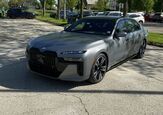











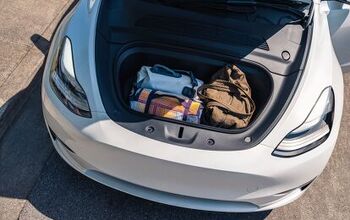

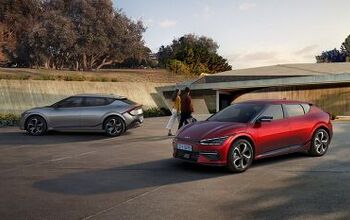
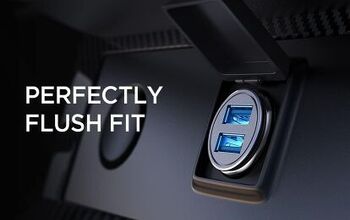

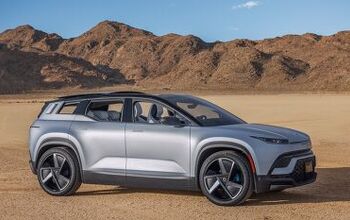
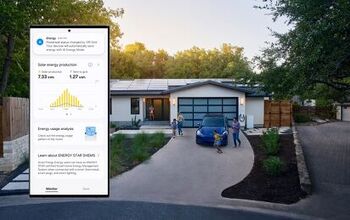
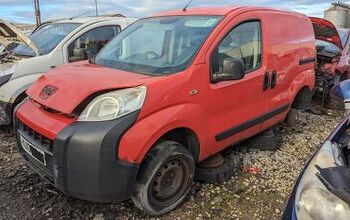
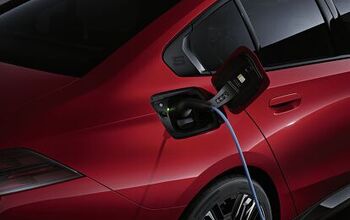
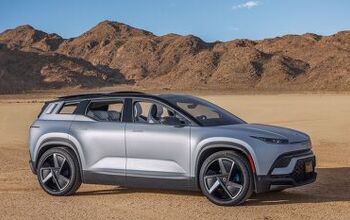
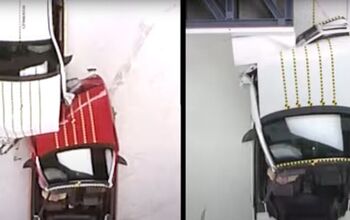
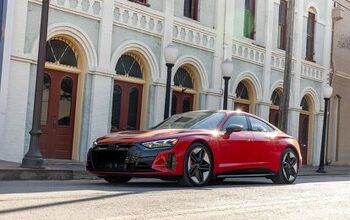
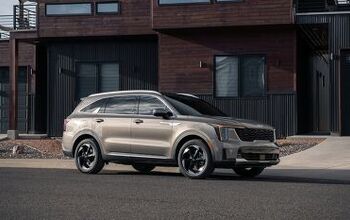

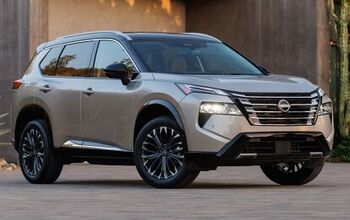
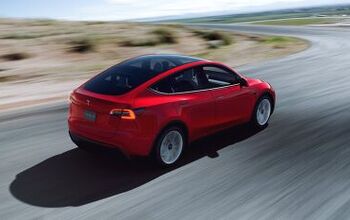

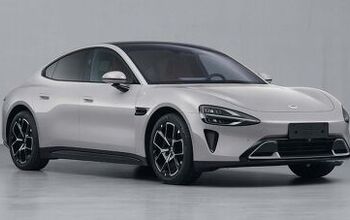
Comments
Join the conversation
A lot depends on who wins the senate and the whitehouse. If both go republican, then things will most likely shift dramatically. If the dems retain at least one, then we probably stay where we are at now. Ford is smart to hang back and the ability to go all in with CNG is pretty easy/quick.
Some problems with any gaseous fuel are: 1) Poorer lubrication for the top pistons ring (as BMW found out with H2-Seven cars); 2) Lower energy density; 3) Requirement for larger fuel-cell storage on board; 4) Poorer vehicle overall range (like electric cars); 5) Little easily available fueling infrastructure; 6) More complex and costly tank-to-engine delivery system; 7) Increased vehicle weight, with consequent poorer handling, all else equal. Yes, some or most of these can eventually be overcome, but how much more per vehicle do we want to pay? An alternative biomass fuel that seems to be almost unmentioned and not emphasized, would be butanol, whose characteristics are almost identical to premium gasoline, but can obviously be "home grown" here or in neighboring areas in the Western hemisphere.
CNG is about as perfect a silver bullet as we can find until other technologies become more mature. Unfortunately, most environmentalists only want to talk about electric cars, anything that could possibly benefit the oil and gas industry MUST be from Satan. The irony is, most electric cars will likely be powered by : natural gas power plants.
I'm not sure how CNG conversions are news -- Ford has supported plenty of them for years. E.g., here's an article from 2010 talking about E-series conversions: http://media.ford.com/article_display.cfm?article_id=32775 Anyone looking to make CNG a major factor in retail vehicle sales is missing the prize, I say -- it's much more realistic as a fleet tool. I'd rather be seeing CNG press releases from Freightliner than Ford.